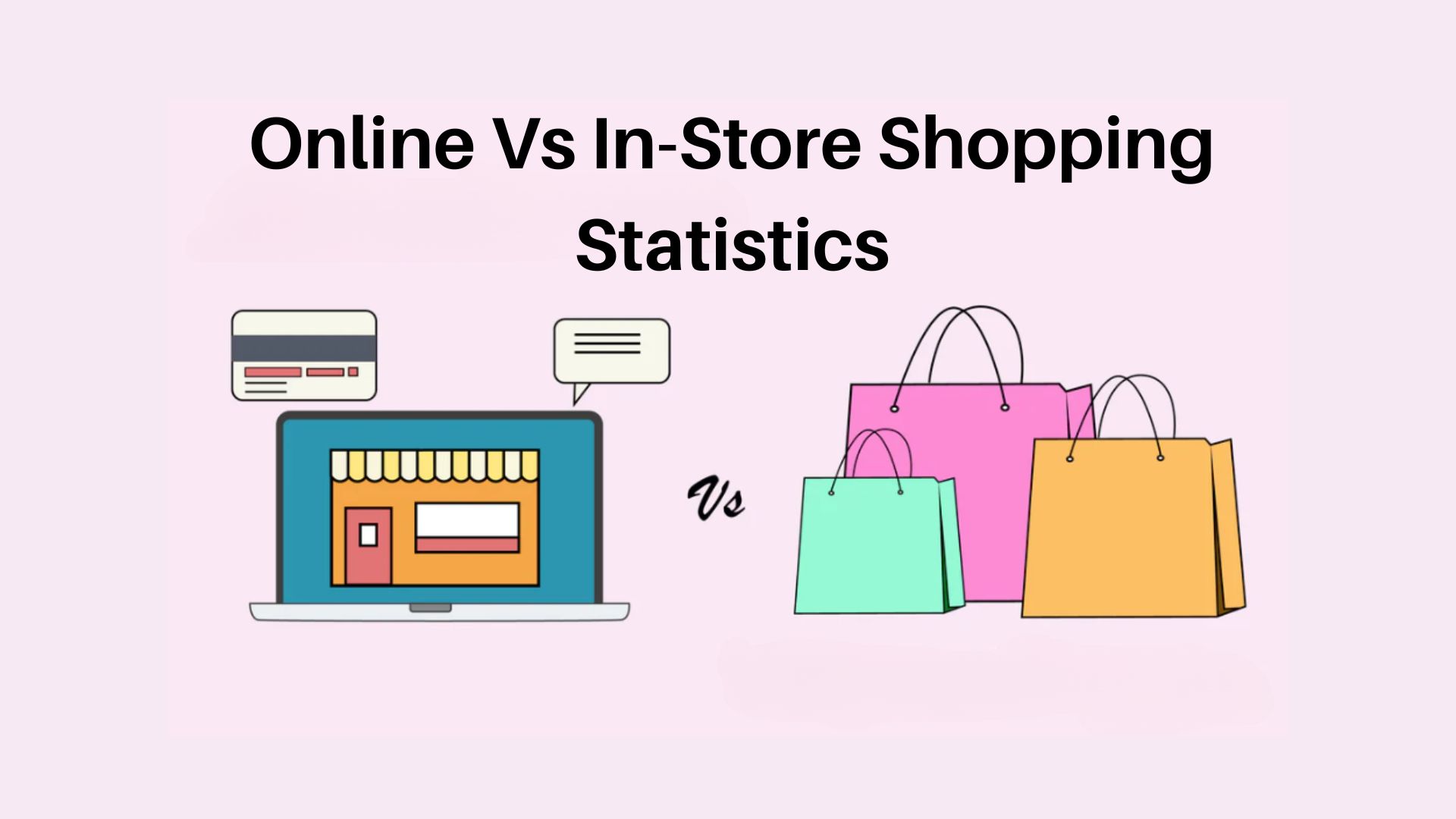The Psychology of Discounts: Why 50% Off Feels Better Than $30
Have you ever wondered why a "50% off" tag feels more compelling than a "$30 off" sign, even when the actual savings are identical? This phenomenon is rooted in psychological principles that retailers expertly manipulate to influence our purchasing decisions. Understanding these tactics can help you make more rational shopping choices and avoid falling for marketing ploys.
Key Insights:
- Percentage discounts trigger different emotional responses than absolute dollar amounts
- The framing effect significantly impacts perceived value
- Anchoring creates reference points that distort our price perception
- Certain discount thresholds trigger automatic "buy" responses
The Framing Effect in Pricing
Psychological research shows that people react differently to the same information presented in different ways—a phenomenon known as the framing effect. When it comes to discounts:
- Percentage discounts feel more substantial for lower-priced items ("50% off a $20 item" seems better than "$10 off")
- Absolute dollar discounts appear more significant for higher-priced items ("$100 off a $500 TV" seems better than "20% off")
The Power of Anchoring
Anchoring refers to our tendency to rely too heavily on the first piece of information we receive (the "anchor") when making decisions. In retail:
- The original price serves as an anchor that makes the sale price seem more attractive
- Even if the original price was never realistic, it creates a reference point that makes us perceive the current price as a good deal
- This explains why "Was $100, Now $50" feels like a better deal than simply seeing "$50"
Threshold Effects in Discount Perception
Research has identified specific discount thresholds that trigger different levels of response:
| Discount Percentage | Consumer Perception |
|---|---|
| 10-20% | Minimal interest, seen as standard sale |
| 30-40% | Noticeable discount, triggers consideration |
| 50%+ | Automatic "good deal" response for many shoppers |
How to Counteract Psychological Pricing Tricks
To make more rational purchasing decisions:
- Calculate the actual dollar amount saved rather than focusing on percentages
- Ask yourself if you'd buy the item at full price—if not, you're not saving money
- Compare prices across retailers without looking at the discount percentages
- Wait 24 hours before making impulse purchases triggered by discount messaging
By understanding the psychology behind discount presentation, you can train yourself to respond to actual value rather than marketing manipulations. The most powerful shopping skill is the ability to recognize when you're being psychologically influenced and make conscious decisions based on real needs and budgets.





